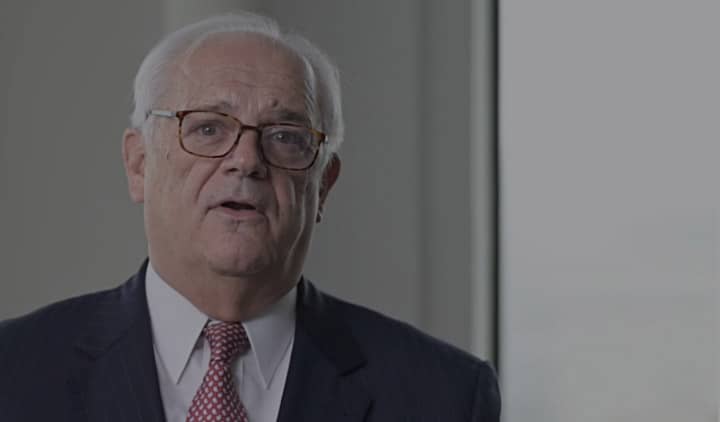In many cases, when you are harmed, in order to collect compensation, you must prove that those who harmed you were negligent; in other words, that they owed you a duty, they breached that duty and in doing so caused you harm, and this resulted in damages (i.e., harm for which a fair dollar value for compensation can be attached). Negligence can be thought of as a form of carelessness.
However, sometimes proving negligence is quite difficult. There can be a vast imbalance of information and resources between the one who was harmed and the one who caused the harm, and when particularly complex processes or items are involved, proving negligence might be very challenging.
Fortunately, when it comes to product liability lawsuits, there is usually no need to show negligence. When a manufacturer introduces products to the public on a large scale, strict liability typically applies. That means that if a defect or problem with a product caused an injury, the victim can recover compensation from the manufacturer or seller of the product by showing that the product embodies excessive preventable danger, or that its risks outweigh it benefits. Still different rues apply in the case of regulated drugs and medical devices.
In the products liability context, strict liability is a counter against the inherent complexity of the modern stream of commerce that would make it onerous or impossible to prove actual negligence at some point in the chain of a product’s design, manufacture, distribution, storage and sale.
Strict liability does not mean products liability cases are easy or without complexity or expense. To win, a plaintiff must still show that an unreasonably dangerous defect existed and caused injury while the product was being used as intended and that the victim had not substantially altered the product. But, strict liability is nonetheless a valuable tool for injured consumers.


